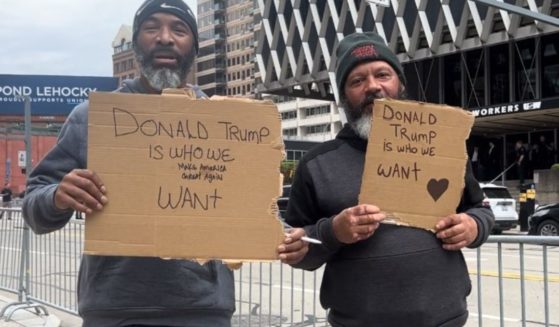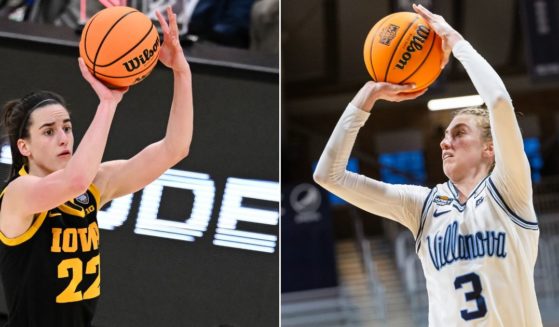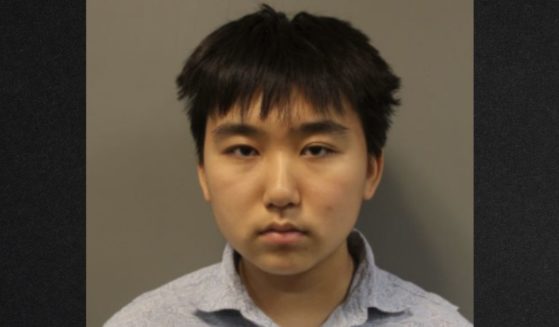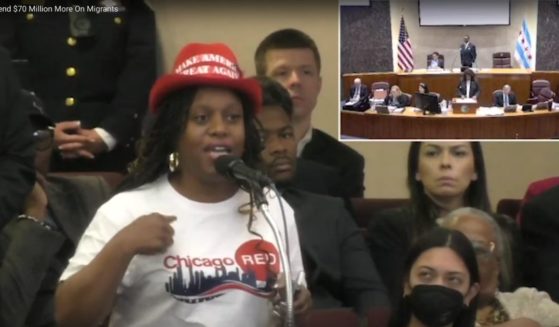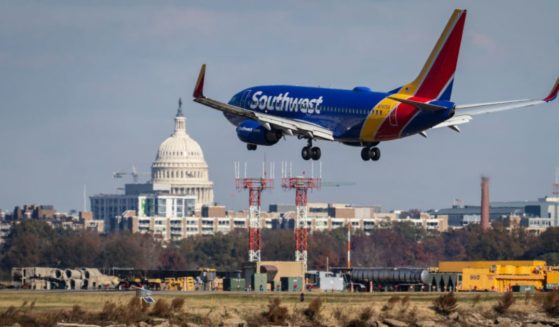Asian Americans push for Smithsonian gallery of their own
The Smithsonian’s initiative on documenting Asians in America started humbly enough two decades ago, with a borrowed exhibit in a borrowed museum wing and a tiny staff.
There was a National Museum of the American Indian attached to the Smithsonian, and progress was being made toward a museum on the National Mall celebrating African Americans’ history. But Asian Americans in the 1990s remained a largely invisible population, with few people represented in entertainment, politics, sports or business.
Those years were tough, said Franklin Odo, director at the time of the Smithsonian’s Asian Pacific American program.
“Whenever we needed to do a public lecture or exhibit, I had to go beg one of these other institutions to lend a space,” Odo said. “We had to really convince our colleagues that this was a field, this was a demographic … that needed to be recognized and needed to be held with some respect.”
On Saturday, the Smithsonian Asian Pacific American Center launches a $25 million fundraising drive for permanent gallery space on the National Mall in Washington, D.C., with a glitzy party in Los Angeles full of celebrities and politicians. Several actors from the hit film “Crazy Rich Asians” are expected to attend, along with Rep. Judy Chu and Rep. Doris Matsui, both Democrats representing California.
If successful, an Asian American gallery could join museums and galleries dedicated to other historically underrepresented groups that have staked out space in a national park that is quintessentially American. Millions of people visit the National Mall every year to tour the White House, Lincoln Memorial and the treasures of the Smithsonian.
“The ability to have that visibility and recognition is so important,” said Lisa Sasaki, the center’s director. Despite temporary exhibits along the mall, she said, “there has never been a dedicated space where the public could consistently visit and find out about the history and culture of Asian Americans.”
Asian Americans are the nation’s fastest-growing minority and number about 20 million, or roughly 6% of the population. They come from more than 20 countries, with the largest populations from China, India, Vietnam, Philippines, Korea and Japan. They range from recent immigrants to descendants of laborers who migrated in the 19th century to build the Transcontinental Railroad and work sugar cane fields in Hawaii.
Museum presence is huge, says Laura Lott, president and CEO of the American Alliance of Museums.
“Museums preserve what’s important to society. They tell our stories, give historical context to contemporary issues and help us imagine a better future,” she said.
Odo, the former director, said he had one part-time staffer and no exhibits of his own when the program began in 1997, so he borrowed one from a Los Angeles museum for the program’s first installation, about the evolution of field lunches of Japanese immigrants in Hawaii.
He says the Asian American community has evolved enough as an identity to support a permanent gallery dedicated to their shared experience in America.
“I don’t know that we have an Oprah,” Odo said, referring to Oprah Winfrey’s charitable foundation, which donated $21 million for the National Museum of African American History and Culture. But “we have lots of people with immense means, so there’s no question in my mind we can do it.”
It’s too early to say how large a gallery would be or when it might be secured, but Sasaki says they are looking at several locations along the mall. The 4,500-square-foot (418-square-meter) Molina Family Latino Gallery is scheduled to open in the Smithsonian’s National Museum of American History in 2021.
Sasaki says $25 million is a fundraising goal for phase one of the project. Congressional approval is not required for a gallery within existing space, unlike the stand-alone 400,000-square-foot (37,160-square-meter) National Museum of African American History and Culture, which opened in 2016 .
The Smithsonian Asian Pacific American Center is conscious of showing not just how Asians came to America, but how they have shaped American history. An example is a pin marking a successful 1960s grape boycott led by Mexican American and Filipino American laborers, who chose to band together.
“It tells a richer story about California history,” said Theodore Gonzalves, a Smithsonian curator.
At Saturday’s party, the iconic blue dress worn by Constance Wu’s character in “Crazy Rich Asians” will be presented as a donation from Marchesa to the Smithsonian National Museum of American History. The 2018 Hollywood film was the first in 25 years to feature an all Asian and Asian American cast.
Organizers will also honor people and organizations at the gala, including hip-hop artist Jay Park and R&B jazz band Hiroshima.
Helene An and her family will receive the “Pioneer Award in Culinary Arts” for their role in introducing Vietnamese cuisine to mainstream Americans. An was a war refugee who landed in San Francisco in 1975, where her mother-in-law had bought an Italian diner and turned it into what they say was the city’s first Vietnamese restaurant. An early menu lists 85-cent bowls of pho, the noodle soup that’s become a dining staple in some U.S. cities.
The diner became Thanh Long, a San Francisco best-of renowned for its signature roast crab and savory-sweet garlic noodles. The two dishes are so coveted they are prepared in a secret kitchen within the main kitchen. The House of AN, of which Helene is master chef, has grown to include several restaurants in California, a catering service and a cookbook.
Chief executive Elizabeth An, 51, says her mother and family are honored to receive the award.
“My mother and grandmother cooked out of love but also as a necessity to survive, to give my sisters and me the best life possible,” she said. “In doing so, we also shared our heritage and gave a voice to the Asian American immigrants in this country.”
___
Janie Har is a member of the AP’s race and ethnicity team. Follow her on Twitter @janiehar
The Western Journal has not reviewed this Associated Press story prior to publication. Therefore, it may contain editorial bias or may in some other way not meet our normal editorial standards. It is provided to our readers as a service from The Western Journal.
Truth and Accuracy
We are committed to truth and accuracy in all of our journalism. Read our editorial standards.

